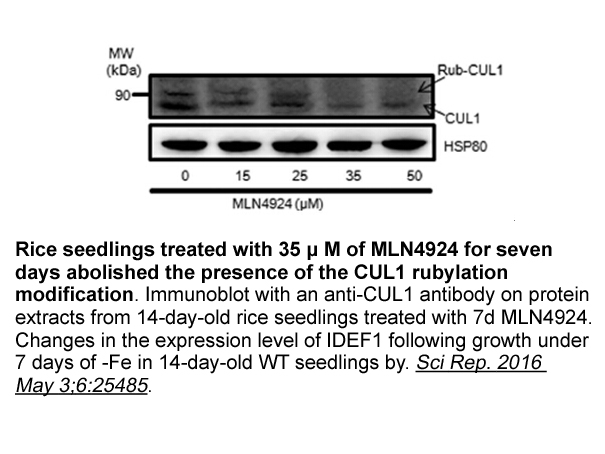Archives
Our previous studies found that some steroid mimetic structu
Our previous studies found that some steroid mimetic structures such as stilbene, biphenyl, naphthalene and benzothiophene rings were suitable for lipophilic moieties of 17,20-lyase inhibitors, and several inhibitors obtained using a steroid A, C-ring mimetic approach have already been published. During the same period, two studies by Hartmann et al. also reported a steroid mimetic approach using a biphenyl ring,29, 30 but our studies were continued independently.
The objective of this study was to identify potent 17,20-lyase inhibitors with selectivity over the cytochrome P450 enzymes, particularly CYP3A4, a major drug-metabolizing enzyme. This is because inhibitors of the P450 family of enzymes have the potential to cause drug–drug interactions or significant systemic side effects due to poor selectivity among the P450 enzymes. Here, we describe the synthesis and biological evaluations of biphenylylmethylimidazole derivatives and related compounds (I), focusing on the improvement of selectivity for 17,20 lyase over CYP3A4. In addition, asymmetric synthesis of the selected AVE 0991 (−)-17 using a diastereoselective Grignard reaction is described in detail.
Results and discussion
Conclusion
We have reported the synthesis and SAR of a new class of 17,20-lyase inhibitors. On the basis of molecular modeling, compounds 17, 26 and 33, bearing an acetamide group on the benzene or pyridine rings, were synthesized and their biological activities were evaluated. Optical resolution of these inhibitors by HPLC gave the biologic ally active enantiomers (−)-17, (−)-26 and (−)-33, respectively, which showed potent activities against both rat and human 17,20-lyase, with excellent selectivity (>300-fold) for the inhibition of 17,20-lyase over CYP3A4. Among these enantiomers, (−)-17 significantly reduced both serum testosterone and DHEA concentrations in a monkey model. From the data presented here, we concluded that the p-biphenyl derivatives and related compounds, as well as the naphthalene derivative 1, showed promising profiles for further development. Further investigation of this series should provide further insights to the selectivity for 17,20-lyase over the cytochrome P450 enzymes.
ally active enantiomers (−)-17, (−)-26 and (−)-33, respectively, which showed potent activities against both rat and human 17,20-lyase, with excellent selectivity (>300-fold) for the inhibition of 17,20-lyase over CYP3A4. Among these enantiomers, (−)-17 significantly reduced both serum testosterone and DHEA concentrations in a monkey model. From the data presented here, we concluded that the p-biphenyl derivatives and related compounds, as well as the naphthalene derivative 1, showed promising profiles for further development. Further investigation of this series should provide further insights to the selectivity for 17,20-lyase over the cytochrome P450 enzymes.
Experimental
Melting points were determined using a BUCHI Melting Point B-545 apparatus and are uncorrected. Infrared (IR) spectra were recorded using a SHIMADZU FT-IR-8200PC spectrometer. 1H NMR spectra were recorded using a Varian Gemini-200 or Varian Mercury-300 spectrometer; chemical shifts are given in ppm with tetramethylsilane as an internal standard, and coupling constants (J) are measured in hertz (Hz). The following abbreviations are used: s=singlet, d=doublet, t=triplet, m=multiplet, br s=broad singlet. Reactions were followed by thin-layer chromatography (TLC) on Silica Gel 60 F254 precoated TLC plates (Merck, Darmstadt, Germany). Column chromatography was performed using Silica Gel 60 (Merck, Darmstadt, Germany). Compounds 2a–b, 3a–b, 11a–d, 20a–b, 20d–e, 40 were commercially available, compounds 4,20c,27, and 37 were prepared in the same manner as described previously, and compound 9 was easily prepared from compound 4 and trityl chloride in the usual manner.
Acknowledgments
Introduction
The small heme protein cytochrome b5 (cyt b5) exists as several isoforms in mammals although functionally it participates in a number of biochemical reactions; arguably the most intriguing is its’ role in steroidogensis [1]. The colocalization of cyt b5 with P450 17A1 in adrenal tissues (zona reticularis) in which androgen precursors are synthesized has attracted much interest. The allosteric interaction between these two proteins have clearly shown an enhanced synthesis of androgens at the expense of cortisol by P450 17A1 [2]. However, the nature of this regulation pathway was not realized until recently, in which the protein–protein interaction was found to be coupled with a decrease in the rate of electron transfer for the P450 17A1 [3]. This finding warrants a review of the structural, functional and molecular knowledge of cyt b5 in vitro and in vivo. The interaction of cyt b5 with P450 17A1 and also the electron donor protein cytochrome P450 oxidoreductase (CPR) is described. The controversy and conflicting data previously obtained and reported will be presented and the physiological role for cyt b5 and P450 17A1 discussed together with clinical considerations.